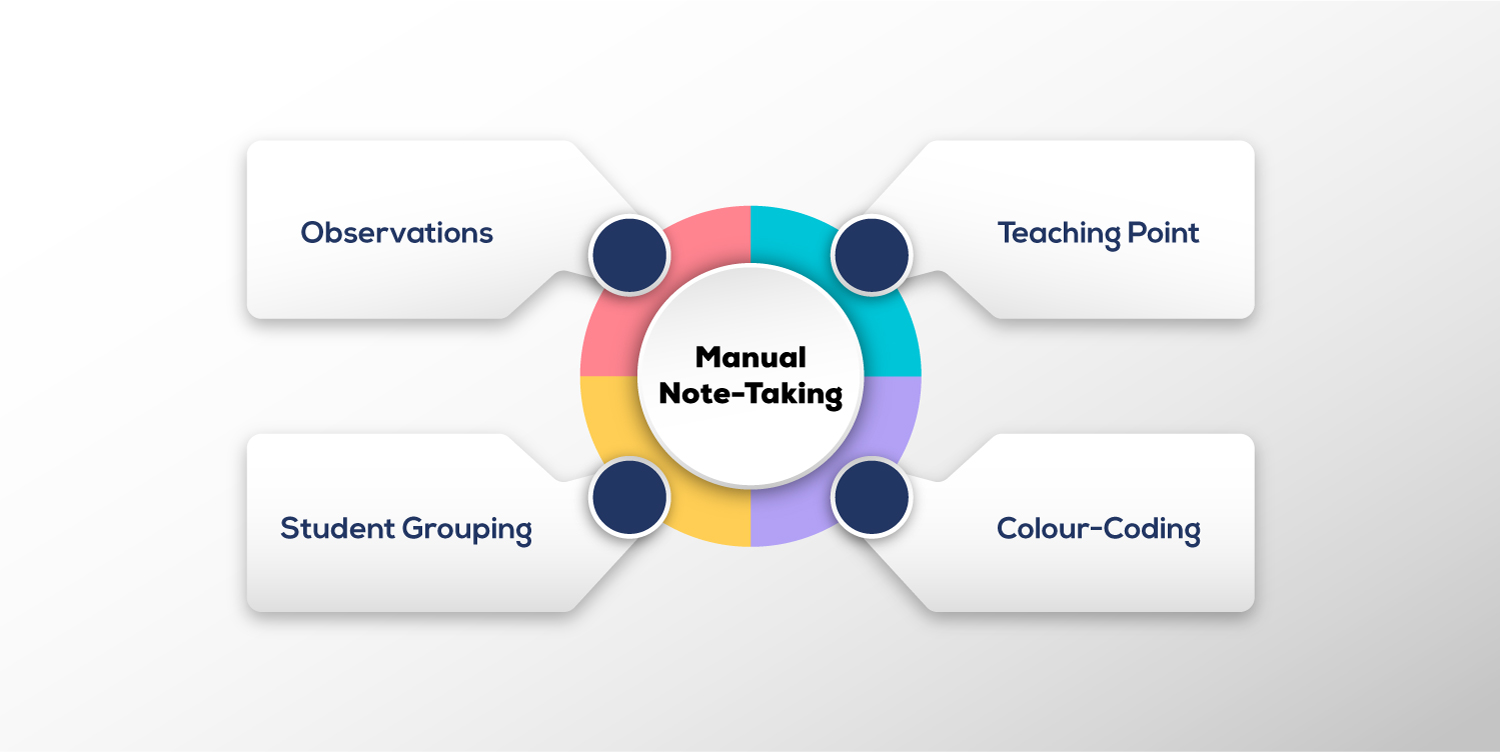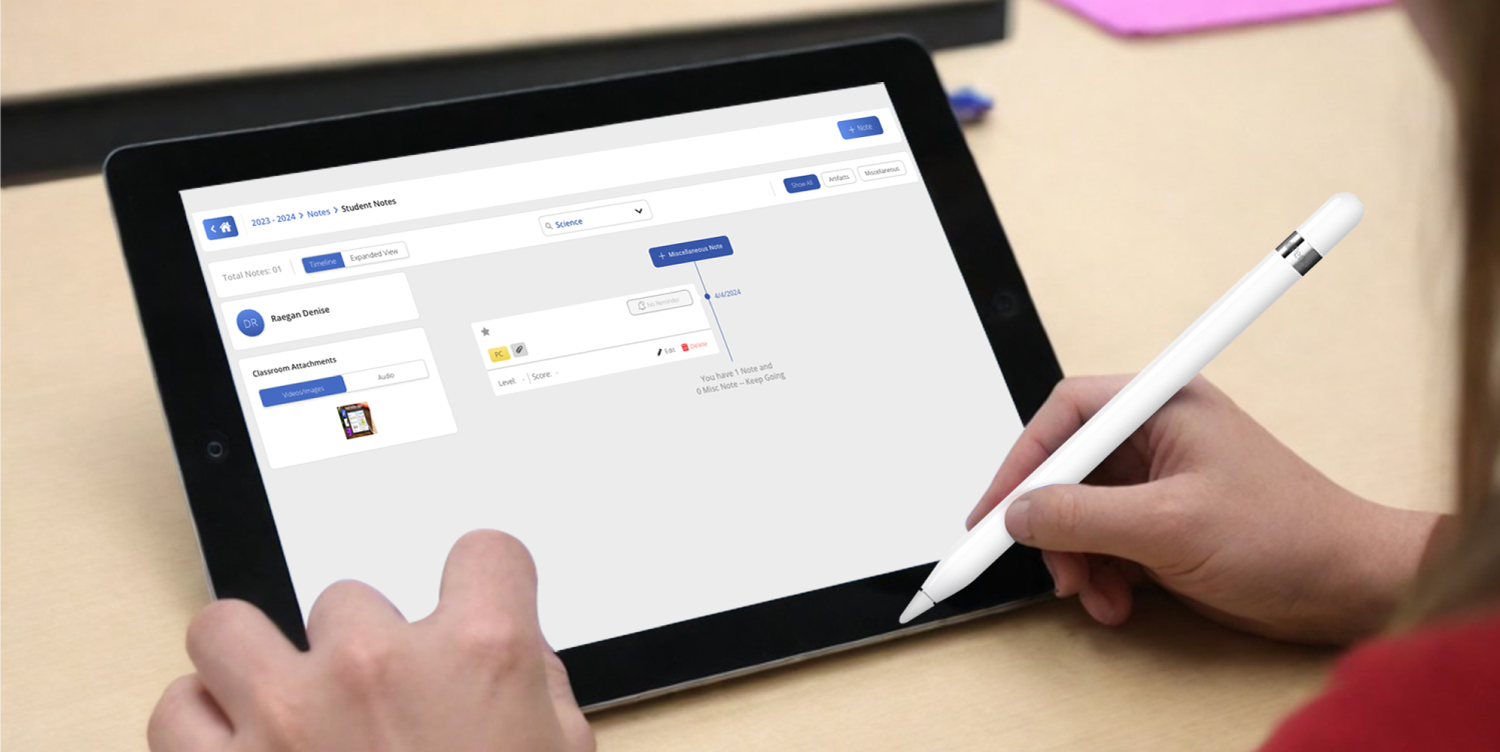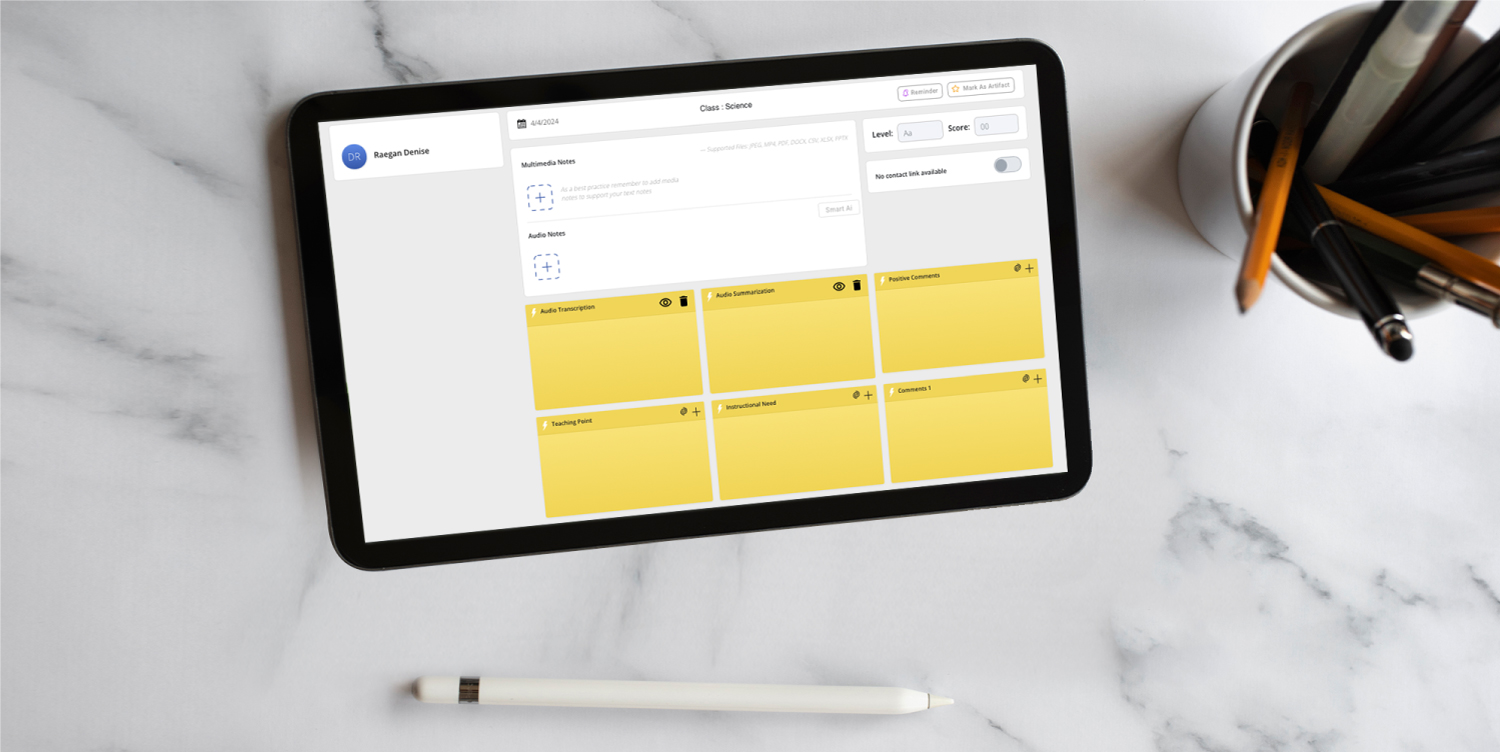Unlocking Student Potential: The Evolution of Note-Taking to Digital Innovations
Note-taking has a rich history, dating back centuries to ancient scholars who utilized various techniques to record and share knowledge. From the meticulous annotations of medieval manuscripts to the systematic categorization of Renaissance scholars, note-taking has evolved alongside advancements in communication technologies and teaching methodologies.
In the 20th century, educational theorists like Benjamin Bloom emphasized the importance of active teaching strategies, including note-taking, in enhancing student engagement and achievement. Their influential works laid the foundation for contemporary approaches to education, highlighting the transformative impact of student-centred practices.
Analogous to a doctor’s reliance on patient histories and treatment plans, effective note-taking strategies enable teachers to address individual student needs, monitor progress, and adapt instruction to diverse learning styles. Just as a doctor’s prescription provides a personalized roadmap for recovery, comprehensive notes empower teachers to tailor instruction, scaffold learning experiences, and provide timely feedback.
In today’s digital age, educators can access many digital note-taking tools that revolutionize traditional pen-and-paper methods. These tools offer efficiency, organization, and valuable insights into student progress. By leveraging digital platforms such as digital notebooks, annotation software, and online discussion forums, teachers can support remote learning and enhance accessibility while catering to diverse learning preferences.
Digital note-taking tools centralize student-related information, offer customization options, and streamline communication between teachers, students, parents, and other stakeholders. From individualized instruction to monitoring progress and fostering parental engagement, these tools serve as a multifaceted solution for enhancing teaching and learning outcomes.
Educators can employ strategies to effectively utilize digital note-taking tools, such as creating individual student profiles, developing observation templates, integrating multimedia elements, and facilitating collaborative note-taking among teachers and support staff. Regular review and reflection, along with ongoing professional development and training, ensure that teachers maximize the potential of these tools in their instructional practices.
Something That Manual Note-Taking Cannot Achieve
Digital apps offer several features that can help address the issue of realizing later that multiple students need instruction on the same strategy, ultimately saving time and increasing teacher productivity. Here’s how digital apps can assist in this scenario:
Real-Time Data Accessibility
Digital apps allow teachers to record observations and student needs in real time. Through note-taking apps, classroom management platforms, or learning management systems, teachers can quickly input information about students’ learning progress and instructional needs as they observe them during class activities or assessments.
Centralized Data Storage
Digital tools provide a centralized location for storing and organizing student data. Teachers can easily access this information from any device with internet connectivity, enabling them to review notes, observations, and student performance data whenever needed. This centralized data storage prevents the loss or misplacement of handwritten notes and ensures that all relevant information is readily available.
Data Analysis and Insights
Many digital apps offer data analysis features that allow teachers to identify trends, patterns, and standard instructional needs among students. By analyzing the data collected through the app, teachers can quickly identify instances where multiple students require instruction on the same strategy. This insight enables teachers to proactively address everyday needs and adjust their instructional strategies accordingly.
Collaboration and Communication Tools
Digital apps often include features for collaboration and communication among teachers. Teachers can share observations, strategies, and student data with colleagues, facilitating collaboration and collective problem-solving. This collaborative approach allows teachers to leverage each other’s insights and experiences, leading to more effective and targeted instructional support for students.
Customizable Alerts and Reminders
Some digital apps offer customizable alerts and reminders to prompt teachers to follow up on specific student needs or instructional strategies. Teachers can set reminders to revisit specific observations or check in with particular students, ensuring every student is noticed and included with the necessary support. These alerts help teachers stay organized and focused on addressing student needs promptly.
Overall, digital apps provide a range of features and functionalities that can help teachers save time, increase productivity, and ensure that all students receive the instructional support they need. By leveraging digital tools for data collection, analysis, collaboration, and communication, teachers can address everyday instructional needs more efficiently and effectively, ultimately improving student learning outcomes.
Comparison of Manual and Digital Note-Taking:
Manual Note-Taking:
Observations (O): Tracking observations of students’ learning behaviours, strengths, and areas for improvement.
Teaching Point (TP): Focusing on specific teaching points during a lesson or instructional session.
Next Steps (NS): Identifying steps or actions required to support student learning and growth.
Student Grouping (SG/GR/SW): Noting how students are grouped, whether in small strategy groups, guided reading sessions, or shared writing activities.
Colour-Coding: Using flair pens to colour-code notes for each day, making it easy to track when individual students were last met with and identify students needing additional support based on the number of colours in their box.
Preference Over Electronic Systems: Preferring manual note-taking over electronic systems due to the simplicity and ease of use and the ability to quickly make teaching decisions based on collected data.

Digital Note-Taking:
Observations (O): Recording observations of student behaviours and learning progress in real-time using digital platforms.
Teaching Point (TP): Document specific teaching points addressed during lessons or instructional activities.
Next Steps (NS): Logging next steps or strategies for supporting individual student needs and guiding their learning.
Student Grouping (SG/GR/SW): Organizing students into groups using digital tags or labels within the note-taking application.
Colour-coding turns into Artifact Notes: Utilizing Artifact features to categorize notes or highlight important information, providing visual organization and clarity.
Efficiency and Accessibility: Offering quick data access and retrieval, enabling teachers to view notes, observations, and student information anytime, anywhere.
Integration with Other Tools: Integrating seamlessly with other educational tools and platforms, such as learning or student information systems, for comprehensive data management and analysis.
Personalization and Customization: Allowing for personalized note-taking templates and customization options to suit individual preferences and teaching styles.
Streamlined And Systematic Data Collection: Digital note-taking has transformed collecting and organizing student data, making it more efficient and accessible.
Enhanced Decision-Making: Digital platforms provide teachers with valuable insights and analytics, empowering them to make informed teaching decisions and support student learning effectively.
Flexibility and Adaptability: Digital note-taking offers greater flexibility and adaptability, allowing teachers to tailor their note-taking practices to meet their specific needs and preferences.
Integration of Technology: Technology integration into note-taking processes has facilitated collaboration, communication, and data sharing among educators, fostering a collaborative and data-driven teaching environment.

Conclusion
In conclusion, note-taking transcends mere documentation; it is a strategic practice that empowers educators to unlock the full potential of every student. By embracing digital innovations and implementing sound note-taking strategies, teachers can foster student engagement, personalized instruction, and student success. Just as a doctor’s prescription is tailored to each patient’s unique needs, comprehensive notes serve as personalized guides for learning, guiding students towards academic achievement and personal growth in an ever-evolving educational landscape.

